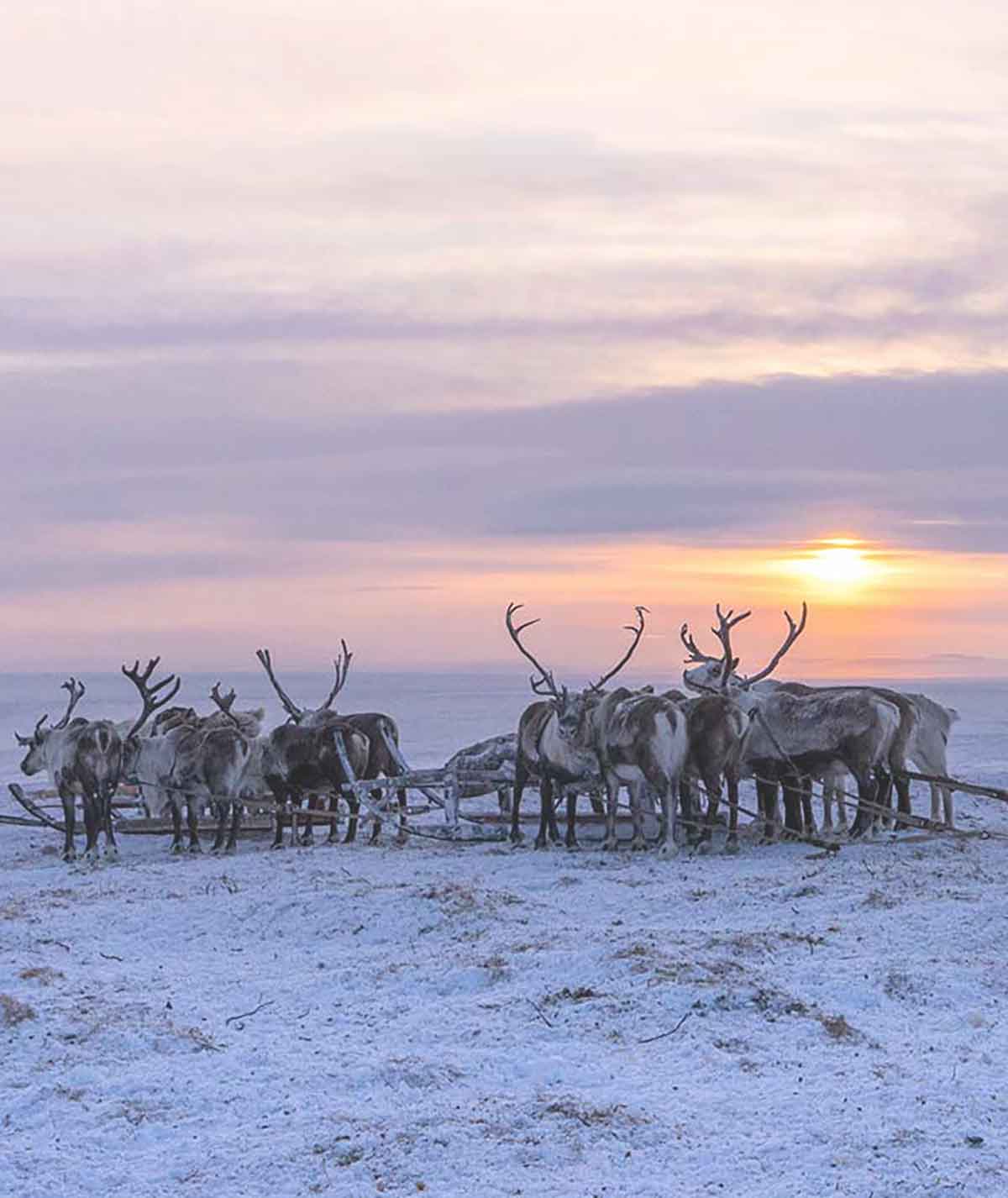Shamanic Training
An introduction to Shamanic Work
Shamanism offers freedom, and this is one of the reasons why it has had a great revival in the last few decades. It is a wide and open spiritual path, rather than a religion. It is not a belief system that you have to fit into, but more like a spiritual science that investigates and discovers the realms behind the veil, the spiritual world behind the physical. The shaman’s exploration is based on unclouded observation, combined with intuitive perception, and clear heart-based thinking. It is rooted in nature and respect for all life. Where religions have come and gone, shamanism has endured, in spite of endless attempts to silence it. But you can’t kill the spirit, and the spirit is at the core of shamanism.
Shamanism as a spiritual path
As a spiritual path, shamanism has no dogmas. Walking a shamanic path, you are not asked to believe anything. The path is based on first-hand experience. In shamanism each person becomes their own highest authority, and you are encouraged to find your own answers, your power, and your truth. When you walk a shamanic path, there is no middleman between you and the source, the divine, the great spirit, god, or whatever term you prefer.
As a spiritual path, shamanism has no dogmas. Walking a shamanic path, you are not asked to believe anything. The path is based on first-hand experience. In shamanism each person becomes their own highest authority, and you are encouraged to find your own answers, your power, and your truth. When you walk a shamanic path, there is no middleman between you and the source, the divine, the great spirit, god, or whatever term you prefer.
Shamanism is based on observing reality with as much clarity and accuracy as possible. Reality has a physical and visible aspect, as well as a spiritual and invisible aspect. Shamans are experts at exploring the spiritual and invisible aspects of reality. You could say that shamanism is a spiritual discipline where you, by the use of tools such as trance states, drumming, dancing, and contact with spirit guides, set out to explore the nature of reality beyond the physical form.
Shamanism – spirituality without dogma
Shamans explore the force behind the physical manifestation in order to know the world in its totality, not just the visible surface. They learn to free their perception from the conditioning of the past, so that they can see what is, rather than what they expect to see. When you observe reality, without pre-conceived ideas, you begin to see on a deeper level. This is why shamans all over the earth throughout the ages, where the continents were not connected and you couldn’t get on an airplane and hear the opinions of people on the other side of the Atlantic, have perceived the same things: power animals, spirit teachers, the phenomenon of soul loss and soul retrieval, the world tree with the lower, world, middle world, and upper world, just to mention a few core, shamanic concepts. In this way shamanism is the study of spiritual reality without dogmas and preconceived ideas.
Shamanic Power Animals
As an example of the universal synchronicity amongst shamans, power animals were known amongst the Vikings and Norse people as ‘fylger’, which translates as ‘allies’ or ‘beings that follow you’. In Siberia shamans perceived the same phenomenon: an animal spirit was connected to each human being, and would follow and protect you. In North America the medicine women and men saw the same: each human had an animal guardian that helped that person survive and succeed in life. Amongst many of the tribes the importance of the spirit animal was so great that young people would go on a vision quest to find and identify their power animal. From one to four days the youth would sit alone in the wilderness, fasting and praying for the guardian to reveal itself. Finding your power animal was seen to help you manifest your talents and abilities and be the best you possible could. That in turn would also make the tribe stronger, and in this way, it benefitted everyone.

The Roots of Shamanism
Very often the root of a word can point us towards the core meaning of the word. The word ‘shaman’ comes from the Tungus tribe in Siberia, a sub-tribe of the Evenk nation. According to anthropologists the word means ‘the one who sees, the one who knows.’ The name implies that the shaman learns to see and know reality with as much precision as possible. In order to achieve this, the shaman must learn to master his mind to a high degree, and train single-mindedness, concentration and meditation. Part of the traditional training of shamans consist of learning self-control and self-mastery, leading to the ability to explore both the psyche and transpersonal dimensions, by the means of self-induced trance states, using methods such as the shamanic drum journey and out-of-body travels. Traditionally, shamans became authorities on consciousness, the mind and the heart of the human being, and their skills could cover territories that would give them labels such as healer, medicine man, magician, mystic, priest, peacemaker, and poet.
The traditional shamanic training would include initiations, and ultimately lead to a mystical rebirth where the shaman would free herself from the limited confines of the mind and everyday consciousness, and awaken a higher awareness, as well as activate psychic abilities. During the initiation process the shaman-to-be would acquire spirit helpers in the form of power animals and spirit teachers, or rather, the spirits would choose the shaman. When she returned from the initiation it could be said about the shaman that she had been chosen by the spirit, initiated by the spirits, and confirmed by the people.
Authentic Shamanic Training
This means that once the shaman was fully trained, she would be of service to the community, putting to use her skills of a healer and guide for the benefit of the people. This points to one of the main functions of the shaman, to create and maintain balance. Included here is the balance within the human being who comes to her seeking help, balance within the community, balance between the humans and nature, and balance between humans and spirit. To fulfil this function the shaman’s soul would journey between the worlds, bringing messages from the world of spirit to the world of humans. The shaman is known as a messenger between the worlds.
The different elements of a traditional shamanic training mentioned above are all incorporated into the training offered by Northern Drum. The teachings are brought up to date and renewed so that they make sense in the modern world. They are adapted to people who live in the twenty-first century so that they can use them in their everyday life. Shamanism brings healing, empowerment and awakening.
At the same time, there is a strong intention to provide a shamanic training that is authentic and true to traditional shamanism. The heart and spirit of this ancient tradition is kept alive and vibrant; this essence pervades all the teachings.
Introductory Shamanic Workshops
Introductory weekend workshops include:
The Shaman’s Doorway, High Intuition, and The Art of Living.
For those who want to go further there are ongoing, in-depth training groups taking you into the heart of shamanism. They include the One Year Shamanic Training, and the Three Year Shamanic Training.
One Year Shamanic Training
This training has an emphasis on healing methods, methods that can be used for healing others but also offers healing process’s for oneself.
Three Year Shamanic Training
This training also includes healing methods for working on oneself and others, but focuses as well on a healing the past, and renewing oneself. In both training groups there is an emphasis on finding your own power, standing in your own authority, concepts which are at the core of traditional shamanism.
The two groups work independently of each other, so you can do the Three Year Training without having done the One Year Training, and visa versa.
Medicine Lodge Training
For people who have completed the Three Year Training and want to continue learning, there is the Medicine Lodge, which also lasts for three years. This group is for deep integration of the teachings and it also includes the more esoteric shamanic teachings that require a good, solid and grounded foundation before they are shared.
Wilderness Expedition Training
For the adventurous spirits, there are wilderness expeditions. These last from ten to thirty days and take the participants deep into some of the last wilderness areas on the planet, to learn about shamanism in the primal world of nature, where species such as bears, wolves, eagles, big cats still roam free. So far, the expeditions have taken place in Finnish Lapland and in Mongolia.

Join the Circle
Subscribe to our newsletter to hear the latest news about our workshops, training courses and trips.